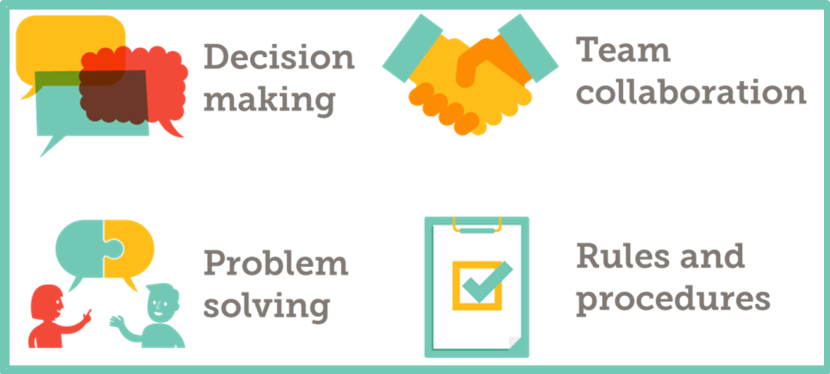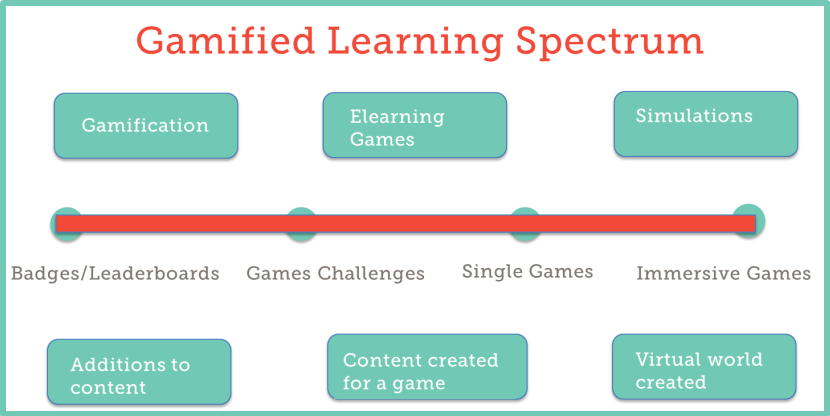How to be successful with elearning games (and avoid the pitfalls)


Don’t follow the crowd. Assess whether elearning games are right for you.
Before implementing gamified learning, step back and evaluate what will work best for your learning challenge.
(Car) key to success
In 1981, my Dad bought a Ford Capri.
The neighbours had one first. It was new, exciting and fun. He loved it.
However, the Capri had tiny rear buckets seats, unsuitable for a growing family. Dad ended up trading it in for a spacious Ford Cortina estate.
Likewise, elearning games are new, exciting and fun. Your competitors may be using them to drive productivity, improve performance and enhance workforce skills. Games and gamification can help transform digital learning into a richer experience and offer an opportunity to engage with your learners more effectively.
But elearning games have to be right for your organisation, your learners and what you are trying to achieve. The key to success is working out when elearning games will suit your learning needs and business objectives.
Tips for success
Gamified learning can deliver results.
- Early research by Dr Rick Blunt revealed how students who learned using games had significantly higher average results that those that did not.
- McDonald’s Japan cuts its new-hire training time in half using a learning game.
- Southern Health NHS Trust is experiencing improved retention rates after the introduction of gamified elearning.
The benefits are worth pursuing and there are things you can do to increase your chances of success.
Understand the difference
You need to appreciate how games for learning work. They diverge from ‘traditional’ elearning and instructional design in a number of key ways.

Understanding the differences will help you judge whether elearning games will fit into your learning approach.
When to use games
Games are best for training topics that deal with real risks and real consequences. Focus on areas that matter most to your learners such as their safety, job and finances. Games can teach the skills and behaviours your employees need in the modern workplace.

Identifying the best option
What is the difference between gamification, elearning games and game simulations?
How do you pinpoint which approach will suit your needs and budget?
Leading gamification expert, Professor Karl M. Kapp splits gamification into two parts. He says structural gamification is adding game elements where the content stays the same. While content gamification is altering the content itself to make it more game-like.
In addition, there are self-contained learning games, or serious games. For a more immersive experience, there are game simulations. Given this range, it can be helpful to think of gamified learning as a spectrum.

Pitfalls to avoid
Some common mistakes can undermine the success of your elearning games. Being aware of these top three problem areas will help you avoid the pitfalls.
Unclear goals
This is the number one error. Elearning project manager, Valary Oleinik sets out the importance of instructional goals in If You Don’t Have Game, Don’t Gamify .
She says: “The first step, before even deciding whether to incorporate gamification into your solution, is to determine what problem you are trying to solve. What is your goal? Until you can answer that question, in the immortal words of the Monopoly Board, “Do Not Pass Go” or collect anything.”
If your elearning game doesn’t address your learning challenge, then all you have is a game. It may be fun and engaging. People may want to play it but it will just be a game.
Lack of balance
Challenge is a key part of any gamified learning experience and has an important part to play within the learning process. Getting the balance right can be difficult, particularly if you are working with a wide range of employees.
If an elearning game is too easy learners will get bored and feel patronised by the experience. If it is too hard, they will become disillusioned and demotivated.
The perfect state is ‘game flow’, which is the balance between the skill level of the player and the difficulty of the game challenge.
You can read more in this article by Sean Baron for Gamasutra .
Poor measurement
In one sense, games are great at measuring. Players will usually get a score at the end. You can monitor these scores and collect and use a leaderboard to compare achievement between individuals and teams.
But how can you measure the impact of the game in relation to the learning goal? Did the gamified learning help change a behaviour or speed up productivity?
Putting an objective measure in place will help. For example, if a game is aimed at helping call handlers improve their performance, you can actually measure call response times. Serious games expert, Pamela Kato has some useful tips on measuring impact .
Games checklist
Games and gamification are just one option in your elearning toolbox. They may be the best way to tackle your particularly challenge, they may not be.
Here are 10 questions to ask before you go ahead with an elearning game or gamified course:
- What is the challenge?
- What are you trying to change?
- Who is the audience?
- What are the key messages?
- What are the consequences of making a wrong decision?
- Where will the game play take place?
- What will be the reward for the best decision?
- Do games fit with your organisation’s culture?
- Will learners be using mobile devices?
- How will you measure the impact of the game?
Author: Lidia Pearce, Elearning industry writer. Sponge